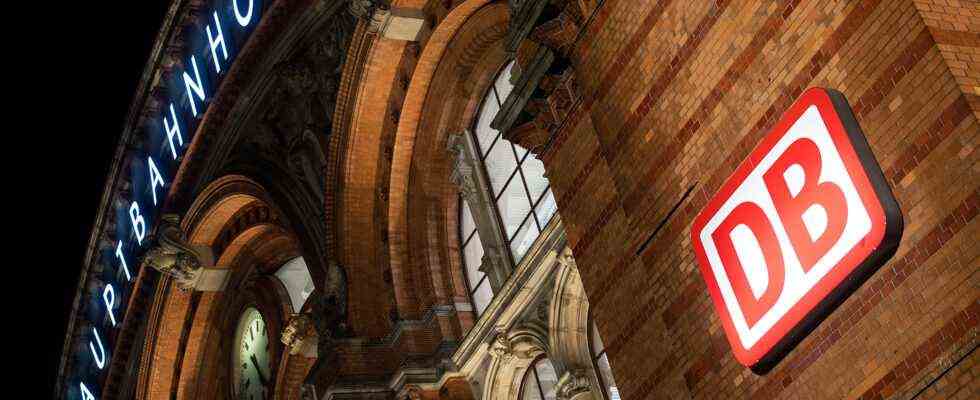Status: 01.11.2021 5:06 p.m.
After the losses in the corona pandemic, Deutsche Bahn is now to receive aid worth billions. The money is intended for the fees for the use of the rail network in long-distance traffic.
From this month on, Deutsche Bahn and other companies in the industry will receive billions in support to cushion the financial effects of the corona pandemic. Like a spokeswoman for the railway tagesschau.de announced, around 2.3 billion euros in train path price subsidies and damage compensation for DB long-distance transport have been released and will be paid out to the state-owned company in November. The special regulation of train path prices applies retrospectively from the start of the pandemic in March 2020 to the beginning of 2022; Deutsche Bahn expects further payments by the end of the year.
Rail network users benefit
However, it is not only the former monopoly that benefits from the subsidy. The users of the rail network pay the normal train path price to the rail subsidiary DB Netz, because the actual price remains unchanged. After that, they get back 98 percent of the costs from the federal government, explains rail expert Christian Böttger from the Berlin University of Technology and Economics: “A similar regulation has been in place in freight transport since 2018, with around half of the costs being reimbursed by the federal government.”
DB Netz operates most of the German rail network. It charges so-called “train path prices” for use. A route is the authorization to travel a certain route in the rail network at a fixed point in time with a previously registered train. The prices vary depending on whether freight or passenger trains are traveling on a route.
Local transport does not receive any money
Most of the passenger traffic flows to Deutsche Bahn, with only a small share of the market being held by competitors Flixtrain and the Austrian Federal Railroad. There are similar special corona regulations in freight transport, which are also useful here for rail competitors. Because here competitors account for over half of the rail usage. “In local transport, there is no subsidization of the train path prices because it has already been compensated for its losses as a result of the corona pandemic by the federal states,” explains the rail expert.
So far, only a small part of the direct and indirect aid totaling 3.77 billion euros that the EU Commission had approved has flowed. Originally, the federal government had only wanted to subsidize Deutsche Bahn with five billion euros, but that had called on competitors, especially in freight transport. “Track price subsidies are competition-neutral, which is why the EU Commission allows them”, said Böttger. Because as a result, in addition to the state-owned company, competitors also benefit from the aid payments.
Train path prices would have to fall
At Deutsche Bahn, train path prices are an essential part of group profit, explains Böttger. As a result, the prices in Germany are relatively high compared to other countries. “In order to make the use of the rail network more competitive, these prices should actually fall. But then the entire financing of Deutsche Bahn would have to be put to the test,” said the expert.

